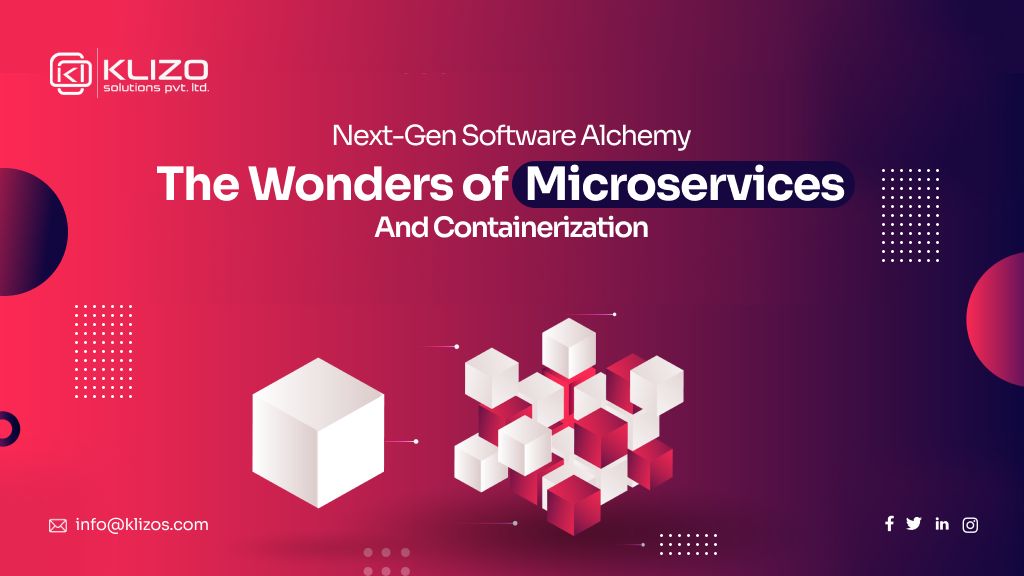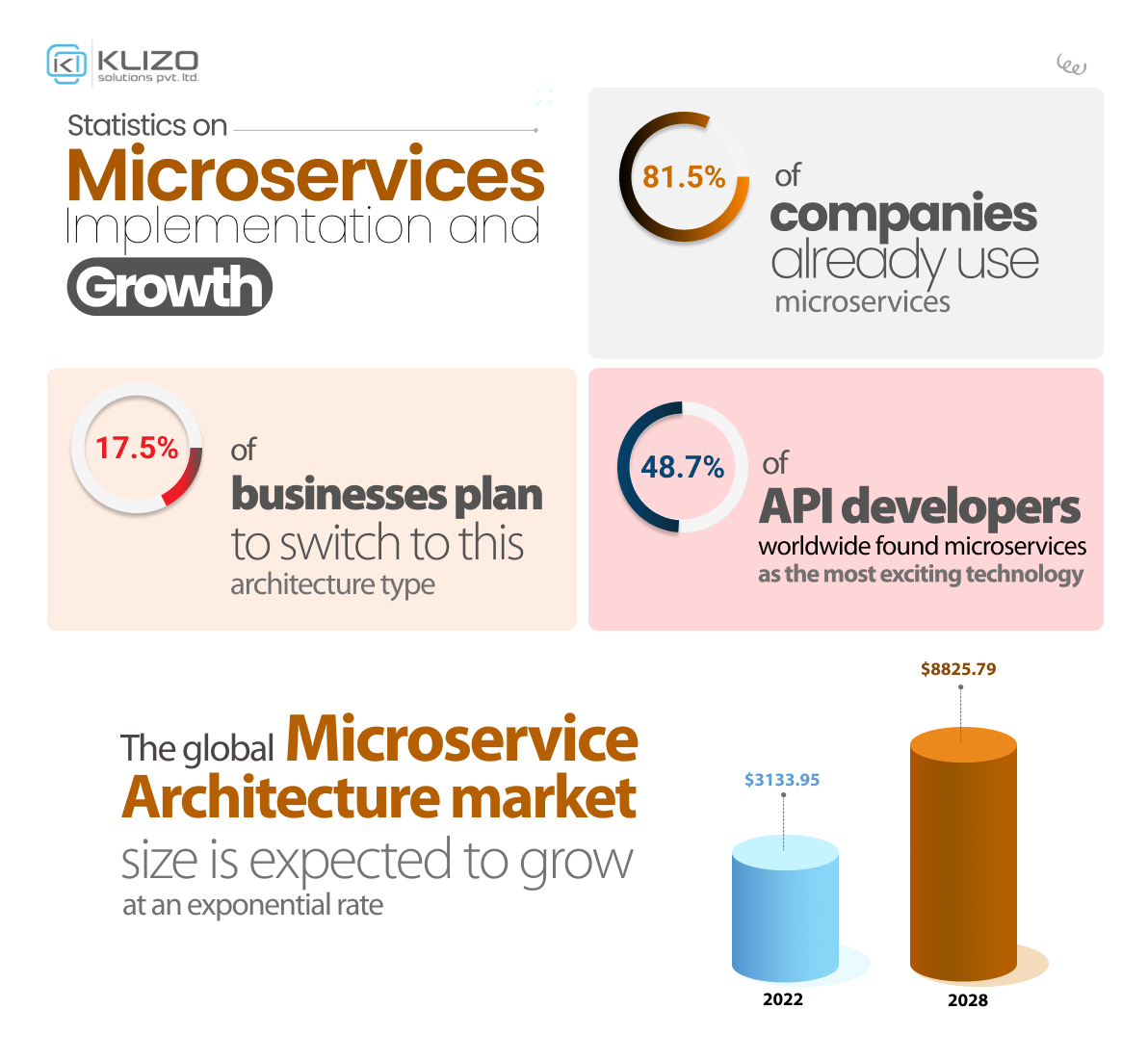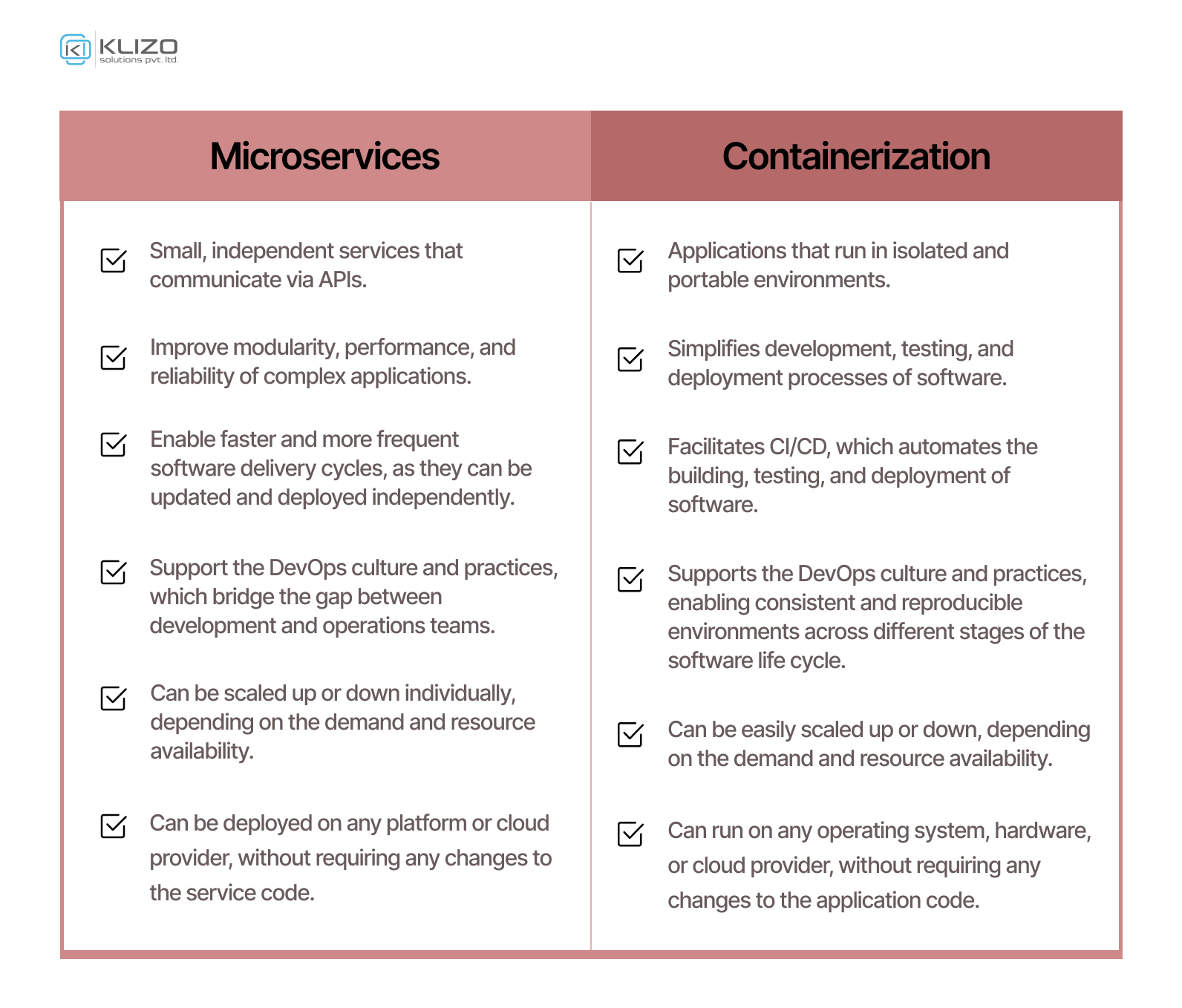


In the ever-evolving landscape of technology, the heartbeat of innovation never skips a beat. And software development is no different!
The shift towards next-generation software development practices has been nothing short of revolutionary, and at the forefront of this revolution stand two game-changers: Microservices and Containerization.
These aren’t just buzzwords; they’re the dynamic duo reshaping the way we design, build, and deploy software.
Imagine a world where software is more agile, robust, and scalable than ever before. A world where updates and deployments happen seamlessly, without causing sleepless nights for developers and IT teams.
Microservices and Containerization have the potential to turn this vision into a reality, and in this article, we will embark on an exciting journey to demystify their power.
One of the challenges of software development is creating applications that are efficient, scalable, and reliable. However, traditional approaches such as monolithic architecture can make this difficult, as they result in large, complex, and tightly coupled applications that are hard to maintain, update, and deploy.
To overcome these challenges, a new architectural approach has emerged: Microservices.
Microservices in software development are a method of breaking down complex applications into small, independent, and manageable components. They are small, independent, and loosely coupled services that communicate with each other over standard protocols.
Unlike traditional monolithic applications, where all functions are tightly interconnected, microservices operate as individual services, each responsible for a specific task or feature, communicating through well-defined APIs, and can be developed, deployed, and scaled independently.

Microservices have gained popularity for their ability to create more scalable, resilient, and efficient software systems, making them a significant paradigm shift in modern software development.
However, microservices come with some challenges as well. Let’s take a look at them here:
Microservices are not a silver bullet for software development. They require careful design, implementation, and management to ensure their success.
In the world of modern software development, containerization has become a buzzword, representing a groundbreaking shift in how you package, deploy, and manage applications. But what exactly is containerization, and why is it transforming the way we build and run software?
Well, containerization is a software development technique that allows applications to run in isolated and portable environments. It is based on the idea of packaging the application code, its dependencies, and its configuration files into a single unit, called a container, that can be deployed on any platform or cloud. Containerization is used by over 50% of the applications.
Containers are different from virtual machines (VMs), which require a full operating system and more resources to run. They share the host operating system’s kernel and only use the essential libraries and files they need, which makes them lightweight, fast, and efficient.
Containerization, a software development technique, has many benefits, such as portability, scalability, fault tolerance, and agility. However, it also poses some challenges and considerations for organizations.
Some of the common challenges of containerization are:
Since containers require a different approach than conventional software development and deployment, choose professional developers proficient in implementing DevOps principles and practices, such as continuous integration and continuous delivery (CI/CD), to ensure quality, consistency, and collaboration across different stages of the software life cycle.
After all, containerization is a rapidly evolving technology that offers new tools and features to improve the performance and functionality of applications. If outsourcing, you’ll need a reliable and professional software development partner who knows how to keep up with the pace of innovation and leverage the latest containerization technologies, such as Docker7, Kubernetes, and AWS.
Microservices and containerization are two complementary concepts in software development that can create a powerful development and deployment ecosystem for modern applications.
Together, they can improve the efficiency and agility of software development and deployment, allowing you to create applications that are portable, easily scalable, fault-tolerant, and agile.

Let’s take a look at a hypothetical case study illustrating the integration of microservices and containerization:
Imagine an online shopping platform that migrates its monolithic application to microservices and containerization. Mind it, the platform has features like a product catalog, shopping cart, payment processing, order management, and customer service.

Microservices and containerization together can help businesses and organizations develop and deploy software applications more efficiently and effectively.
Some of the best practices for implementing or adopting microservices and containerization are:
Analyze the business requirements and goals: Before deciding to adopt microservice architecture and containerization, businesses and organizations should analyze their business requirements and goals and determine if these concepts are suitable for their needs. Not every application needs to be containerized as in some cases, containerization can hardly provide any benefit.
Design the microservices based on domain-driven design: Domain-driven design (DDD) is an approach to software development that focuses on the business domain and its logic and helps to identify the boundaries and interactions of different subdomains within the application and design the microservices accordingly.
Use RESTful APIs for communication: RESTful APIs are a common way of enabling communication between containerized microservices architectures. RESTful APIs are simple, scalable, and stateless and use HTTP methods (such as GET, POST, PUT, and DELETE) to perform operations on resources (such as products, orders, and customers) identified by URIs.
Use containers to package and run microservices: Containers are ideal for running microservices, as they provide isolation, portability, security, and efficiency. Containers can run on any platform or cloud provider without requiring any changes to the application code.
Use container orchestration platforms to manage containers: Container orchestration platforms, such as Kubernetes, are tools that automate the deployment, scaling, and management of containers across clusters of servers. Container orchestration platforms provide features such as service discovery, load balancing, health checks, logging, monitoring, networking, security, and storage.
Use CI/CD tools to automate the software delivery cycle: CI/CD (continuous integration and continuous delivery) tools, such as Jenkins, GitLab, or CircleCI, automate the building, testing, and deployment of software. They help to ensure quality, consistency, and collaboration across different teams and stages of the software life cycle, enabling faster and more frequent software delivery cycles.
Use logging and monitoring tools to track the performance and health of the system: Logging and monitoring tools, such as Prometheus, Grafana, or ELK Stack, collect metrics, logs, traces, and alerts from the containerized microservices and help to identify issues, troubleshoot errors, optimize resources, and improve user experience.
In this article, we’ve discussed in detail how microservices break down monolithic applications into bite-sized, manageable components and how Containers provide the perfect vessel for these components to travel, ensuring consistent performance from development to production.
So, now you know, together, microservices and containerization are paving the way for a new era of software development that’s faster, more efficient, and future-ready.
The future of software development is here, and it’s built on microservices and containerization. Embrace it now to explore the future of software development like never before!
CONTACT US for professional and futuristic software development services for competitive prices.
Previous article
Joey Ricard
Klizo Solutions was founded by Joseph Ricard, a serial entrepreneur from America who has spent over ten years working in India, developing innovative tech solutions, building good teams, and admirable processes. And today, he has a team of over 50 super-talented people with him and various high-level technologies developed in multiple frameworks to his credit.

Subscribe to our newsletter to get the latest tech updates.